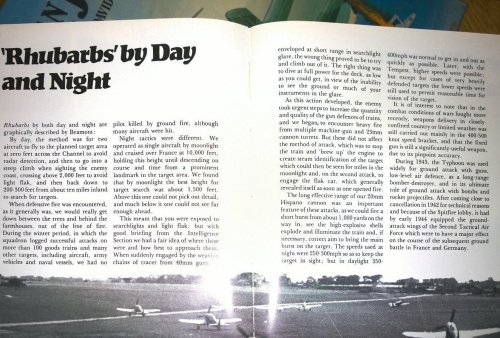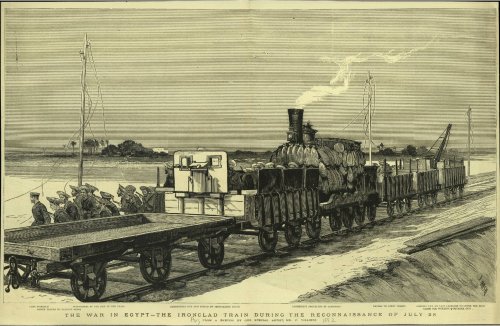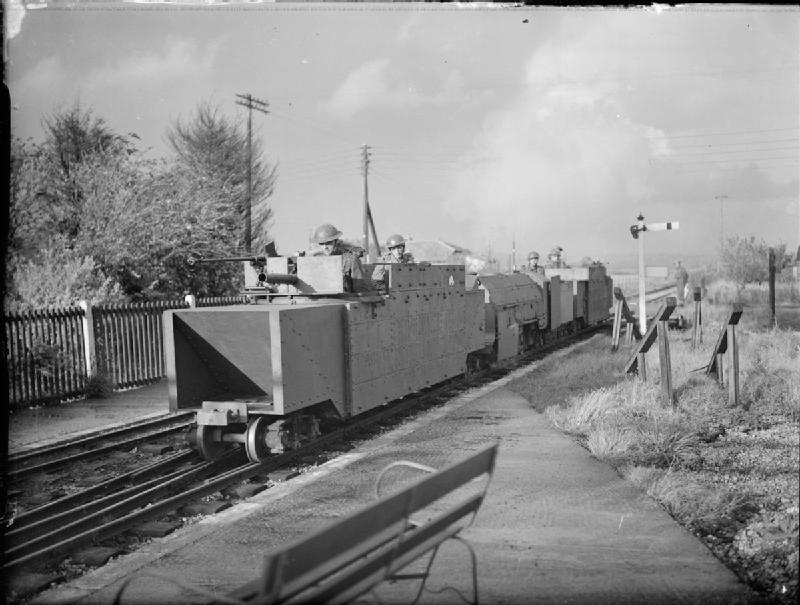Avimimus
ACCESS: Top Secret
- Joined
- 15 December 2007
- Messages
- 2,427
- Reaction score
- 909
I was wondering how survivable steam locomotives were (particularly their boilers) during WWII? Especially when attacked by heavy machine guns and autocannons (e.g. M2 Browning & HS-404)
When locomotives fell under attack were they generally defeated by damage to the fittings? By gradual loss of pressure? Or by catastrophic boiler failure?
Does anyone know of any studies?
I figured you guys might know.
When locomotives fell under attack were they generally defeated by damage to the fittings? By gradual loss of pressure? Or by catastrophic boiler failure?
Does anyone know of any studies?
I figured you guys might know.



